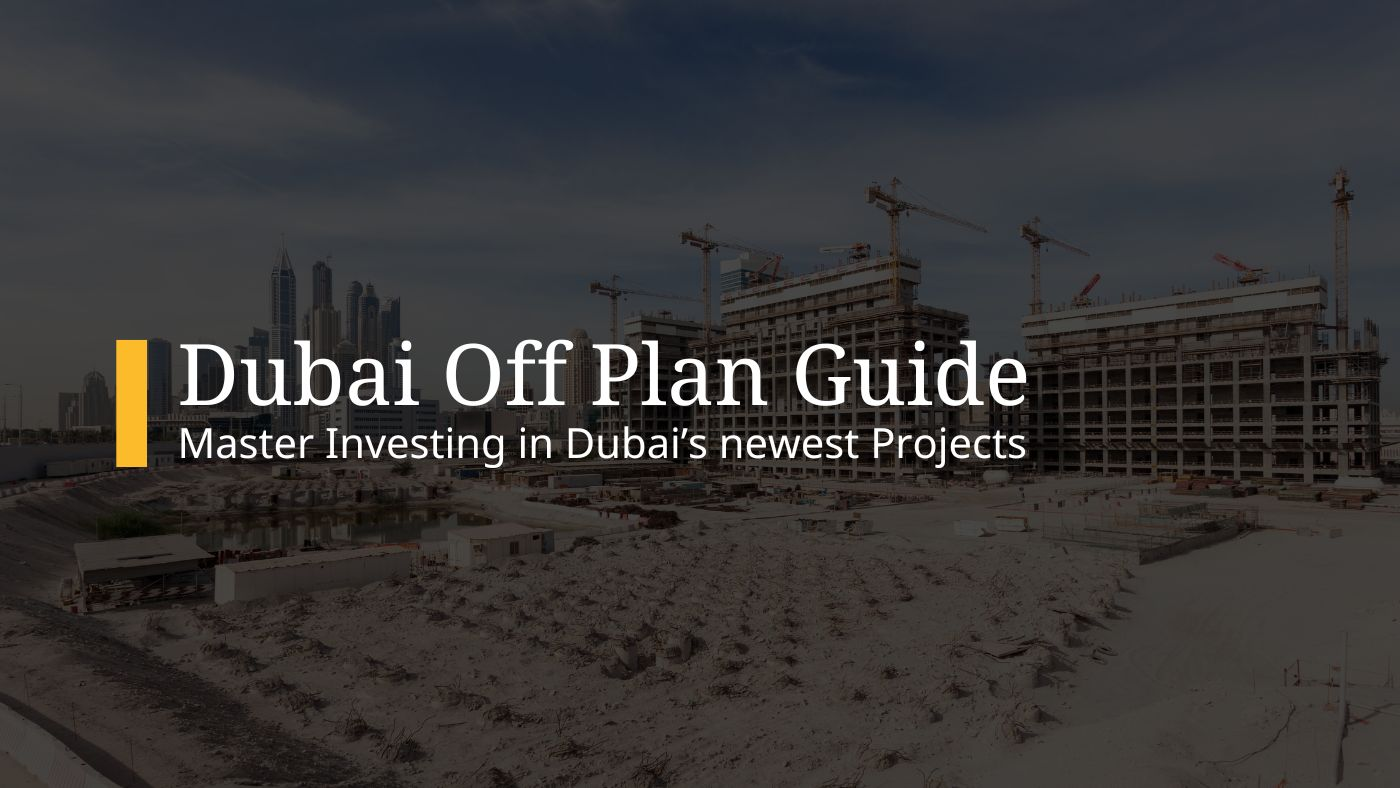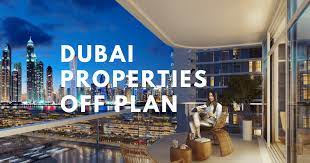
Invest in Off-Plan Homes: Dubai’s real estate market in 2025 is thriving, with off-plan properties leading the charge, accounting for 63% of sales in 2024 (AED 77.5 billion in Q1 2025 alone). Driven by a 22.4% surge in residential transactions, a 5% population increase, and tax-friendly policies, off-plan homes offer investors and buyers a unique blend of affordability, flexibility, and high returns.
With no personal income or capital gains taxes, VAT exemptions for residential properties, and projected 5–15% capital appreciation, off-plan investments are a strategic choice. This article explores six compelling reasons to invest in off-plan homes in Dubai in 2025, highlighting their financial and lifestyle advantages.
Off-plan properties in Dubai come with developer-backed payment plans, typically spread over construction periods or post-handover, making them accessible to a wide range of buyers. Plans like 60/40 (60% during construction, 40% post-handover) or 50/50 allow investors to pay in installments, easing cash flow. For example, a AED 1.8 million apartment in Creek Waters II (Emaar) can be secured with a 10% deposit (AED 180,000) and monthly payments of 1–2%.
These plans reduce the need for large upfront investments compared to ready properties, enabling buyers to leverage future income or rental returns to cover costs. Buyers should verify escrow account compliance via the Dubai Land Department (DLD) portal to ensure funds are protected and review sales purchase agreements (SPAs) for payment terms.

Off-plan homes in Dubai offer significant capital appreciation, with 5–15% annual gains projected for 2025, especially in high-growth areas like Dubai Creek Harbour, Palm Jumeirah, and Dubai South. Buying early at pre-launch prices locks in lower rates before values rise during construction. For instance, a AED 2 million villa in Damac Islands could appreciate by AED 200,000–300,000 by its 2029 handover.
The absence of capital gains tax ensures investors retain full profits. To maximize gains, buyers should target projects by reputable developers like Emaar, Nakheel, or Damac in emerging or prime locations. Monitoring market trends via tools like DXB Interact helps identify high-potential areas.
Residential off-plan homes purchased for personal use or as first-time sales within three years of completion are exempt from the UAE’s 5% Value Added Tax (VAT), offering substantial savings. A AED 2 million apartment in Sobha Verde (JVC) avoids AED 100,000 in VAT, unlike commercial properties. This tax benefit lowers the total cost of ownership, enhancing ROI.
Buyers must ensure the property is classified as residential with the DLD and documented in the SPA to qualify for the exemption. Consulting a tax advisor ensures compliance with Federal Tax Authority (FTA) regulations, avoiding penalties and securing savings.
Dubai’s off-plan homes deliver rental yields of 6–12%, outpacing global averages of 2–4%, particularly in areas like Jumeirah Village Circle (JVC, 7–10%) or Dubai Marina (6–12%). A AED 1.5 million apartment in Marina Shores could generate AED 120,000–180,000 annually, entirely tax-free due to no personal income tax. With 25 million tourists and a growing expatriate population expected in 2025, rental demand remains robust.
Investors should focus on furnished units for short-term rentals via platforms like Airbnb, ensuring compliance with holiday home permits. The Dubai Smart Rental Index 2025 can guide competitive pricing, maximizing tax-free returns.
Off-plan investments meeting the AED 2 million threshold qualify for the UAE’s Golden Visa, granting a 10-year renewable residency for buyers, their spouse, unmarried daughters, and sons under 25. Projects like Ocean House (Palm Jumeirah, AED 3.5 million) or DT1 (Downtown Dubai, AED 2.5 million) combine 6–8% yields with residency benefits, allowing sponsor-free living, working, and studying.
Processing requires a title deed, passport, health insurance, and fees of AED 9,884.75 for the primary applicant (AED 5,774.50 per family member). Buyers should verify property eligibility via the DLD and engage legal advisors to streamline applications, enhancing lifestyle and investment value.
Off-plan homes offer buyers the chance to customize layouts, finishes, or fixtures, tailoring properties to personal tastes or tenant preferences. Projects like Tilal Al Ghaf’s Bo Monde villas allow bespoke designs, increasing appeal and rental value. Modern amenities, such as smart home systems, eco-friendly features, and wellness facilities, align with Dubai’s Net-Zero 2050 goals and attract premium tenants.
For example, Sobha Seahaven (Dubai Marina) includes AI-powered security and sustainable materials, commanding 3–5% rental premiums. Buyers should review developer customization policies in SPAs and prioritize projects with high-demand amenities to boost resale and rental potential.

To succeed in Dubai’s off-plan market, investors should:
Dubai’s off-plan homes in 2025 offer a compelling investment opportunity, driven by flexible payment plans, high capital appreciation, VAT exemptions, strong rental yields, Golden Visa eligibility, and customization options. With yields of 6–12%, tax-free profits, and a booming market, projects in prime areas like Dubai Marina, JVC, or Dubai Creek Harbour promise significant returns.
By selecting reputable developers, verifying compliance, and leveraging professional guidance, investors can capitalize on Dubai’s off-plan market, securing both financial growth and a premium lifestyle in one of the world’s top real estate destinations.
read more: Dubai Real Estate: 5 Top Districts for Villa Buyers in 2025
